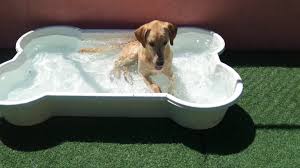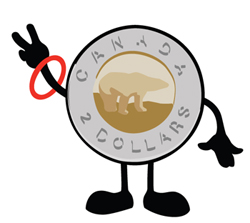Hello everyone, it is that time of year again where everyone is in the giving spirit, whether you give to animal or human causes. Well here is your chance to give to both at the same time. In the new year I am starting up a new program for senior citizens and senior animals called Paws 4 seniors. On an average year all across Canada over 7 million dogs are up for adoption, about half of those are senior dogs who have given their families love and devotion for many years to find themselves given away or surrendered into the humane societies, is this really how we want to pay them back for years of unconditional love and devotion? Is this really where you want them to spend their golden years? Is this really where you want them to DIE? Here are some cold hard facts for you to think about, when an older dog is given away and given up on you have just given them a death sentence, most of the senior dogs NEVER get adopted, if its blind, deaf, or god for bid have health problems due to age, or even as simple as just being black, it’s called the black dog syndrome! It is FACT that these dogs stand a less than 2% chance of being adopted. Your senior dog would never have given up on you because of age or health issues, so why are we quitting on them?
I volunteer many hours a month in senior citizens homes and hospice to sadly find the same tragedy over and over, people are left there to spend their last days lonely and waiting to die, no one is visiting them, their spouses have passed away, and they are forgotten, and these are human beings! Shame on us! When I go to these places to cut their hair, visit, or simply to sit by their beds and read to them while unconscious I always bring my dog Mylo. Mylo is a five-year old boxer who loves everyone, he loves visiting all the forgotten souls whose faces light up when we walk down the halls and they get a glimpse of Mylo as we pass by doorways. We make our rounds and stop off in each room for a quick visit, Mylo goes and says his hello’s and they pet him and usually tell me stories of their dogs whom they seem to miss as much as their spouses, which got me to thinking! What if I could put the two seniors together? What if I could cure the loneliness for both parties so no one has to die alone and forgotten?
Well that’s what I am doing! As of January 2015 I will be finding and rescuing senior dogs from shelters, foster homes and anywhere else I can find them and I will be pairing them up with a senior who is looking for companionship and someone to love and break up the loneliness of getting old. The Paws 4 seniors program will be a FREE adoption! We will also help out with a taxi service to ensure that they get to the vets when needed and also will help out with finances and food when possible! This is a win, win program, the elderly will no longer have to be alone and the senior dogs will no longer have to die simply due to age!
So this is where you can come in! We are looking for donations for this program and here is what your donations will be put towards, adoption fees from shelters, food for the senior dogs, vet check ups, and taxi services and any other expenses that may arise for the new owners. Most senior citizens are on a pension and can barely take care of them selves but that doesn’t mean that they can’t provide a safe, warm, loving and happy home for our senior dogs looking to spend their golden years with someone to love, instead of dying alone in shelters. We owe them that at the very least for their years of companionship they showed to their families. If you look at the top right had corner of this website you will see a donation button that is a direct link to pay pal and this website, simply push the button and follow the directions it’s as easy as 1,2,3! if you cannot donate financially you can donate in many other ways, provide a taxi service, donate food,donate your time by picking up a dog waiting for adoption and take it for a visit to senior homes and hospice, help us find senior dogs looking for a second chance. The possibilities are endless!!
Please help me end the senseless euthanization of senior dogs! Help me bring hope to the hopeless, help me, help others! Over 7 million dogs are in shelters and half of them due to age have been given a death sentence! Please help stop the tragedy of simply getting old! What would you think if this was how we treated humans? Our mothers, fathers, grandparents and siblings! We should be ashamed! Age is not a reason to be given up on! Age should be celebrated and respected, so please help where you can so NO-ONE has to die alone!











